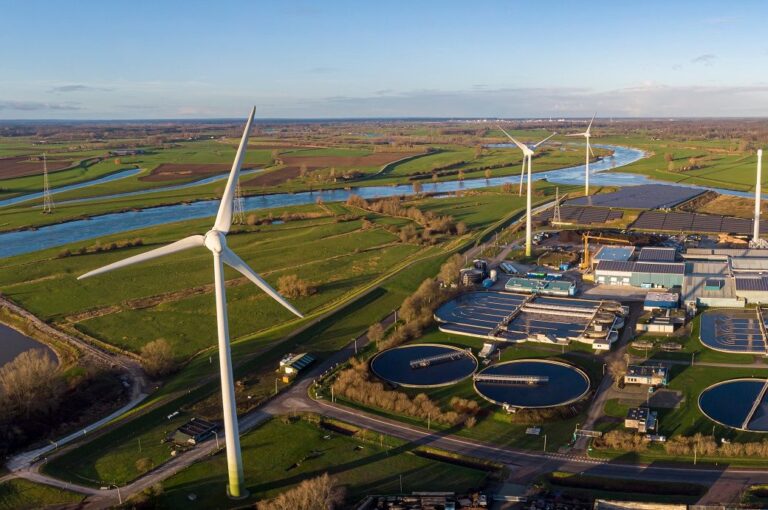
[ad_1]
The figures are part of the Circular Economy Progress Report, a collaboration with PBL Netherlands Environmental Assessment Agency, CPB Netherlands Bureau for Economic Policy Analysis, the Institute of Environmental Sciences (CML), the National Institute for Public Health and the Environment (RIVM), the Netherlands Enterprise Agency (RVO), Rijkswaterstaat, the Netherlands Organisation for Applied Scientific Research (TNO) and Utrecht University.
Of all natural resources that were deployed in the Dutch economy in 2020, 13 per cent consisted of recycled materials. This percentage is virtually the same as in 2014. In terms of recycling, the circularity of the Dutch economy has barely increased, according to the latest figures by Statistics Netherlands (CBS) on the use of natural resources.
To reduce the dependency on natural resources and the environmental impact of the Dutch economy, the Dutch Cabinet has set the target of a fully circular economy by 2050. This means an economy in which sustainable renewable resources are used as much as possible, products and natural resources are reused and waste does not exist.
Reuse of fossil fuels is low, since fossil energy carriers are mostly incinerated for power generation. However, fossil fuel consumption can be reduced, for instance by deploying more renewable energy, the statistics show.
Besides reuse, reducing the need for natural resources is another way to eventually become fully circular. The total amount of natural resources used in the Dutch economy excluding recycled waste (direct material input) had decreased considerably by 2020 (359 billion kg) relative to 2014 (390 billion kg), CBS said in a release.
The decrease in natural resource use is mainly due to lower consumption of fossil fuels and non-metallic minerals. The nitrogen crisis, which limited the amount of construction projects, plays a role here. In addition, the coronavirus crisis has had an impact as compulsory working from home meant less commuting and less flying. The drop in fossil fuel consumption may not be structural, CBS notes.
In the period 2014-2020, the share of natural resources imported by the Dutch economy from abroad increased for all material categories except for non-metallic minerals. In terms of direct material use, the share increased from 67 per cent in 2014 to 73 per cent in 2020.
In particular, dependence on fossil fuels from abroad has increased, especially natural gas. This is due to the reduced natural gas extraction in Groningen.
In 2020, the Dutch economy processed 409 billion kg of natural resources and other materials. A sizeable proportion of these materials was processed and eventually exported (179 billion kg or 44 per cent); 168 billion kg was used in the manufacture of consumer products and other goods.
Of the resources that were processed, a good portion (110 billion kg or over 25 per cent) is ‘lost’ as a resource through incineration and consumption of food and other products that can only be used once (short-cyclical products). This applies especially to biomass and fossil energy carriers. These make a significant contribution to carbon dioxide and other greenhouse gas emissions.
Another significant proportion of natural resources ends up in the waste flow (60 billion kg), some of which is recycled and returns into the resources that are processed within the Dutch economy (50 billion kg).
Fibre2Fashion News Desk (DS)
[ad_2]
Source link